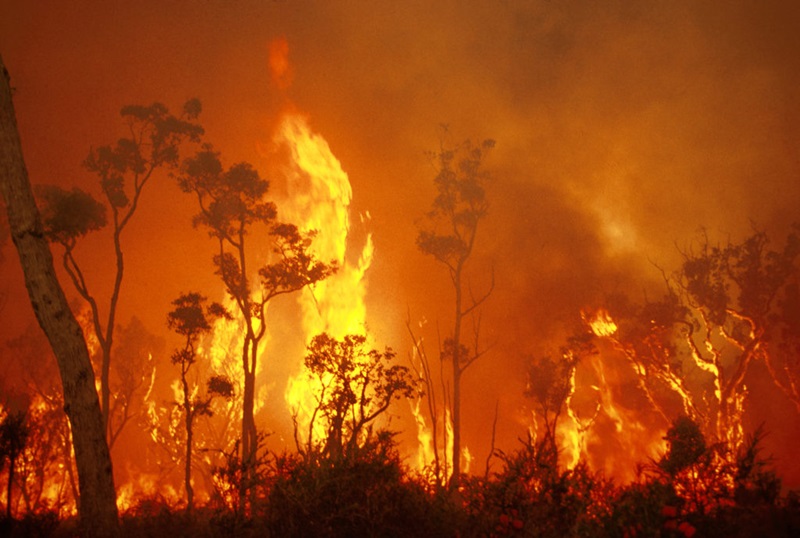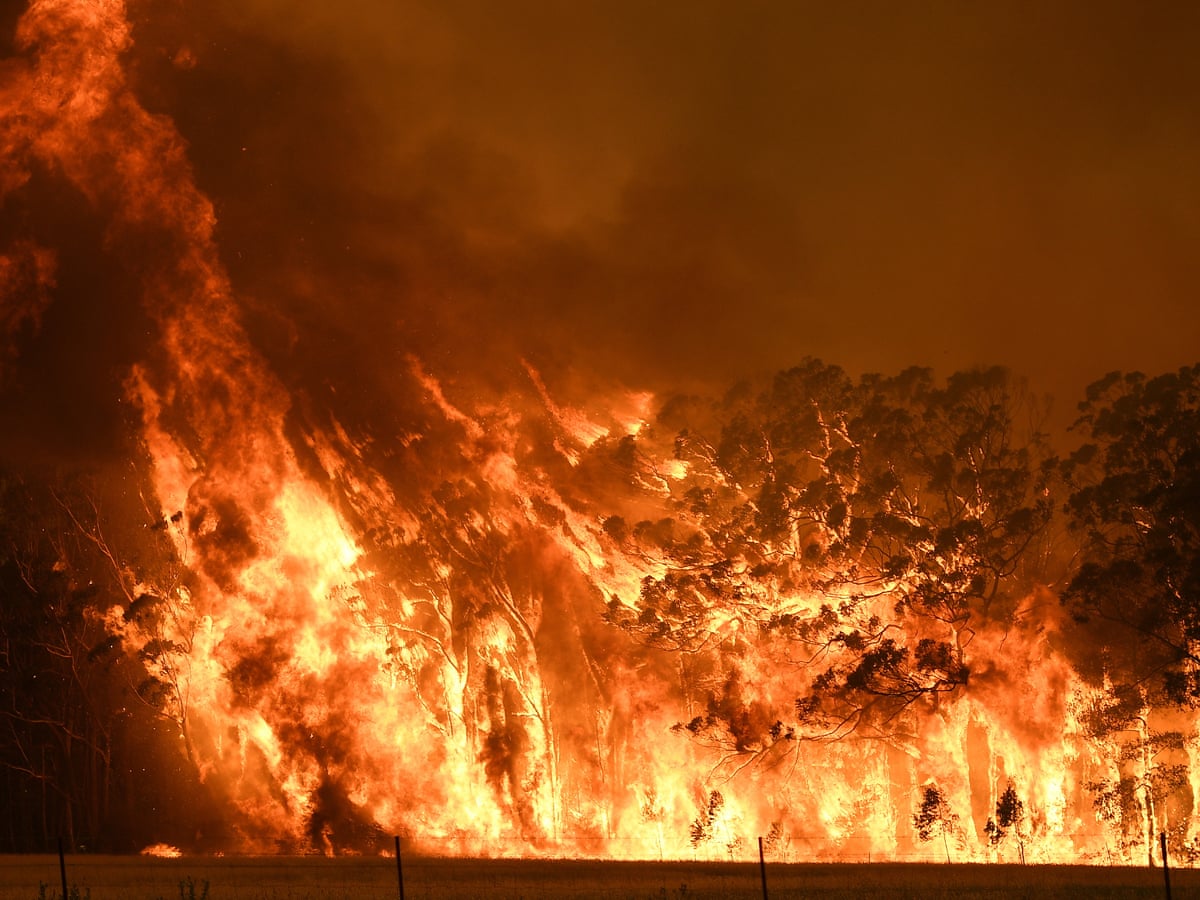From Analysis to Action: Using Your BAL Report to Reduce Bushfire Ris
From Analysis to Action: Using Your BAL Report to Reduce Bushfire Ris
Blog Article
Value of BAL Record in Ensuring Bush Fire Defense
In the realm of bushfire security, the value of a Bushfire Strike Degree (BAL) report can not be overstated. This vital record works as a fundamental tool in evaluating the possible threat a home may deal with during a bushfire and plays a crucial role in figuring out the essential safety actions to protect lives and properties (BAL Report). The real value of a BAL record expands past a simple assessment; it acts as a guiding light for residential or commercial property owners and authorities alike, using insights into boosting residential or commercial property strength and making sure efficient fire protection.
Recognizing Bushfire Strike Degrees
The comprehension of Bushfire Assault Degrees is crucial for analyzing the potential danger and effect of bushfires on a home. Bushfire Assault Degrees (BAL) are a method of determining the severity of a building's potential direct exposure to ember strike, glowing warmth, and straight fire contact in a bushfire. Comprehending the various BAL classifications is crucial for homeowner, designers, and builders in designing and building structures that are a lot more durable to bushfires.
By recognizing these degrees, residential property owners can make enlightened choices about bushfire security procedures, such as installing cinder guards, using fireproof building products, and maintaining clear defensible space around the residential or commercial property (BAL Report). On the whole, a complete understanding of Bushfire Assault Levels is necessary for efficient bushfire planning and security.
Assessing Building Threat Degrees
After comprehending the ramifications of Bushfire Attack Degrees, the following crucial action is examining the danger degrees associated with specific residential or commercial properties. Assessing home threat degrees includes a detailed examination of different aspects that can affect the vulnerability of a building to bushfires. These variables include the distance of the residential property to bushland or plant life, the type and condition of bordering plants, the slope and facet of the land, prevailing weather, and the visibility of flammable materials near the home.
Building threat analyses are essential in determining the level of bushfire defense measures that require to be applied to safeguard the residential or commercial property and its owners. By precisely analyzing the risk levels, residential or commercial property owners can make informed decisions concerning bushfire prevention approaches, such as greenery monitoring, developing style alterations, and the installation of fireproof materials. Additionally, residential property risk analyses play an important duty in the Visit Your URL advancement of emergency situation feedback strategies and evacuation procedures in the occasion of a bushfire.
Implementing Safety Actions
Upon finishing residential property risk assessments, the next essential phase involves the execution of safety measures to boost bushfire defense. Executing protective actions is necessary for protecting properties and ensuring the safety of individuals during bushfire events.
Normal maintenance of protective procedures is just as important to guarantee their performance throughout a bushfire. This includes on a regular basis inspecting and repairing ash guards, carrying out vegetation administration to reduce fuel tons, and screening firefighting tools such as pumps and hose pipes. By vigilantly implementing and preserving these protective procedures, home owners can substantially increase their durability to bushfires and minimize possible damages and loss.

Enhancing Property Durability
Enhancing residential property strength against bushfires pivots on the positive execution and upkeep of safety steps intended at strengthening defenses and decreasing prospective dangers. Residential click over here now or commercial property owners can improve strength by producing and maintaining defensible rooms around their homes.
Building owners should exercise a bushfire and develop emergency situation plan, conduct routine fire drills, and ensure all citizens know how to react in instance of a bushfire. By taking aggressive steps, residential property proprietors can substantially enhance the resilience of their residential or commercial properties versus the threat of bushfires.

Making Certain Efficient Fire Protection
Implementing durable fire security steps is vital for safeguarding residential properties against the destructive effect of bushfires. Making certain reliable fire security includes a mix of proactive approaches and adherence to pertinent policies. One vital element of reliable fire security is the implementation of ideal landscape design practices. This includes preserving a defensible space around the building by getting rid of combustible vegetation and producing firebreaks. In addition, mounting fireproof materials on the building, such as fire-resistant roofing and ember-proof screens on windows, can dramatically minimize the danger of fire damages.
Furthermore, having an emergency response strategy in position is essential for making sure efficient fire protection. This plan ought to describe discharge procedures, communication protocols, and designated meeting factors for citizens. Routine training and drills should additionally be conducted to guarantee that all locals are prepared to respond rapidly and securely in the occasion of a bushfire.
Verdict
In conclusion, the BAL record plays a critical duty in making sure effective bushfire security by evaluating residential or commercial property threat degrees, carrying out safety steps, and enhancing building strength. Recognizing Bushfire Strike Levels is crucial in establishing the degree of why not try here threat a property faces throughout a bushfire.
By understanding these degrees, building proprietors can make informed choices concerning bushfire protection actions, such as installing ash guards, using fire-resistant structure materials, and preserving clear defensible space around the residential property. Examining property threat levels involves an extensive assessment of numerous factors that can affect the susceptibility of a property to bushfires.Residential property threat analyses are necessary in figuring out the level of bushfire protection steps that require to be applied to safeguard the home and its occupants. By taking positive procedures, property owners can dramatically enhance the strength of their residential properties against the threat of bushfires.
In conclusion, the BAL report plays an important function in guaranteeing efficient bushfire protection by assessing property danger degrees, implementing protective measures, and enhancing property strength. (BAL Report)
Report this page